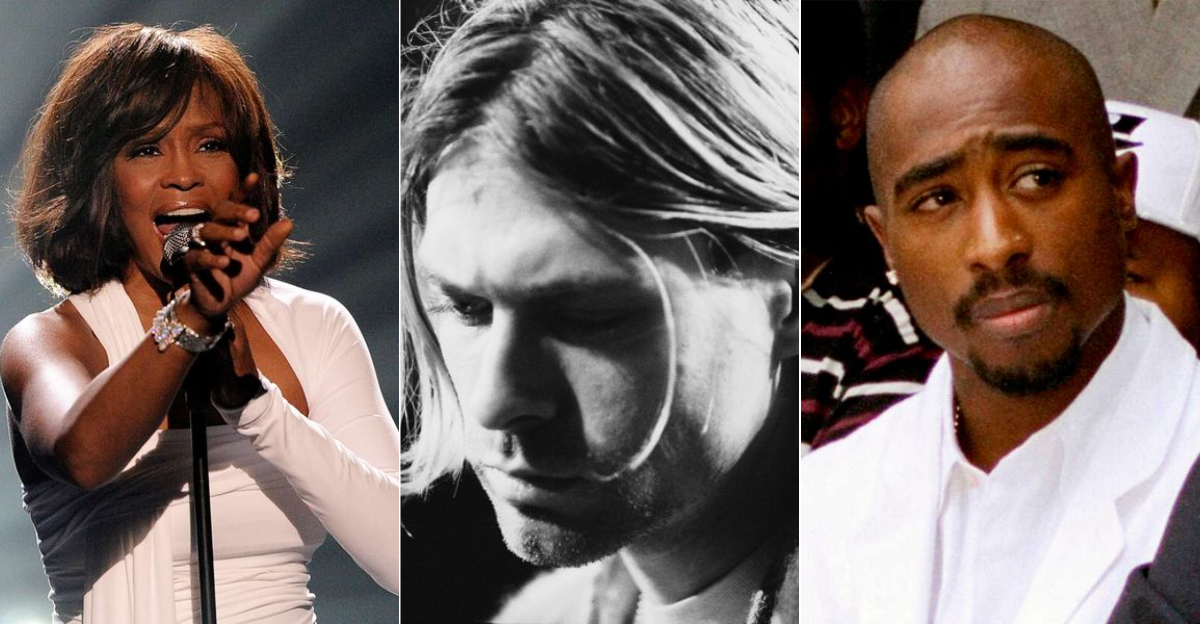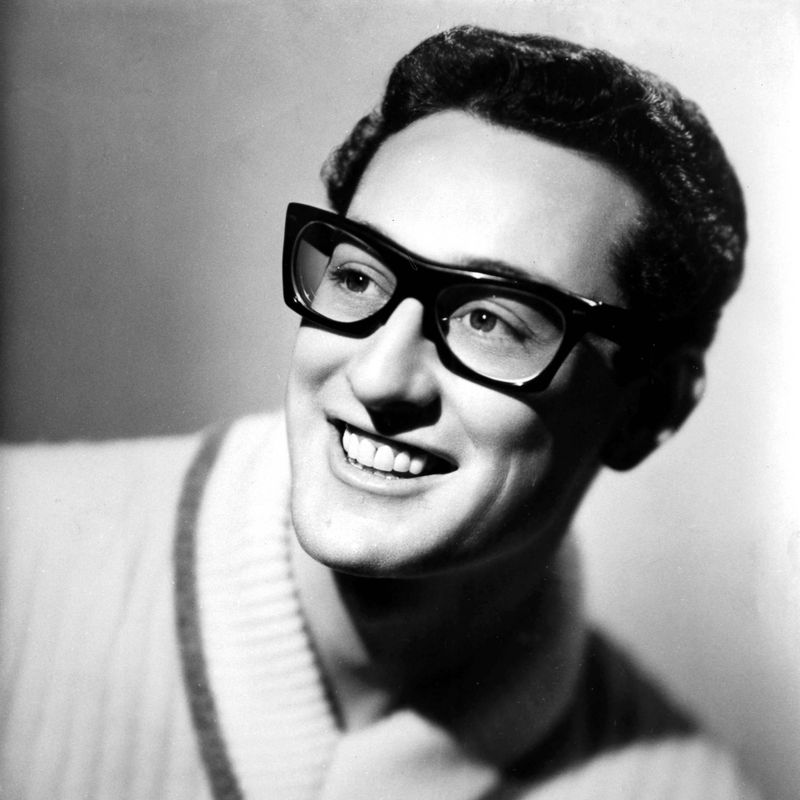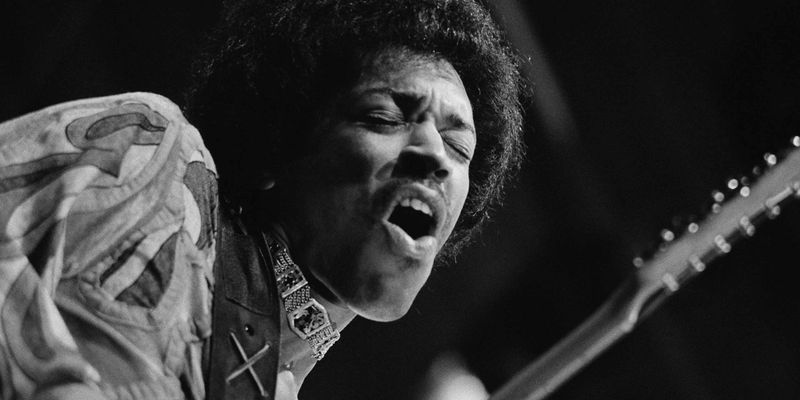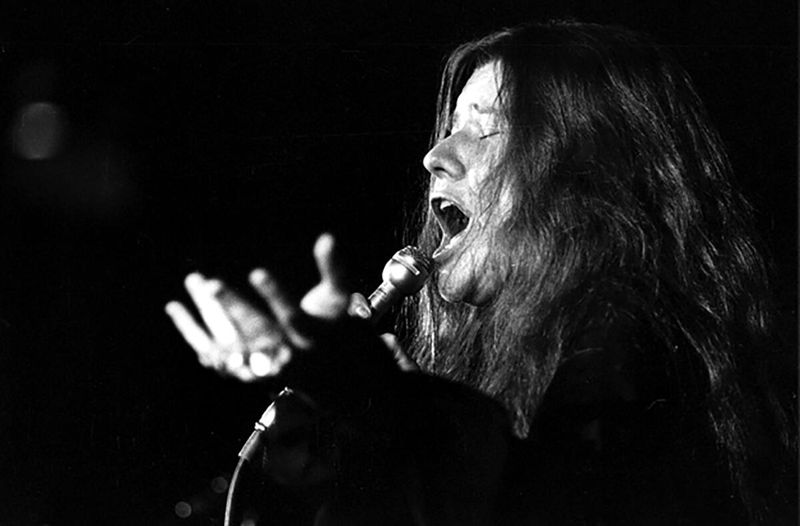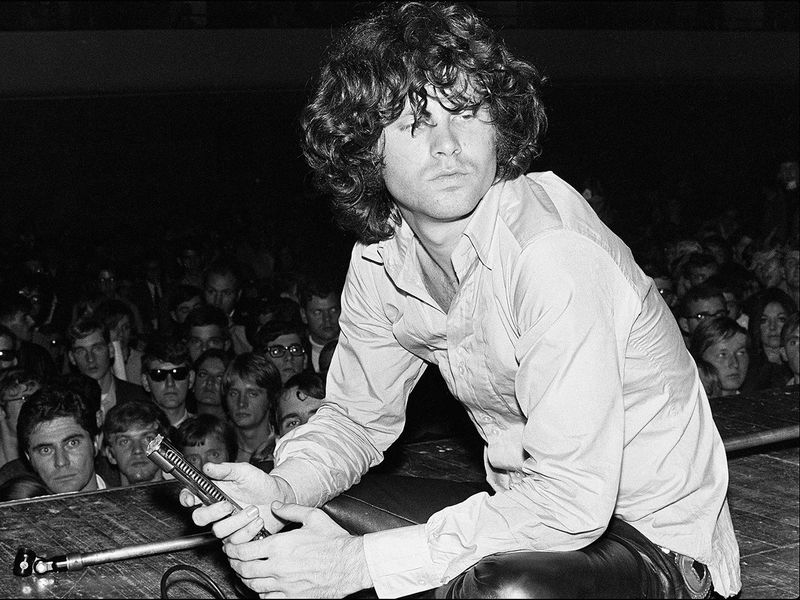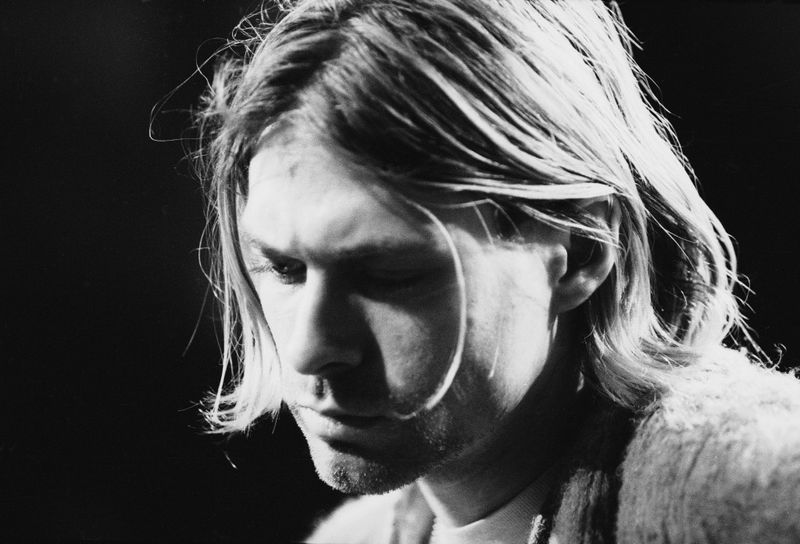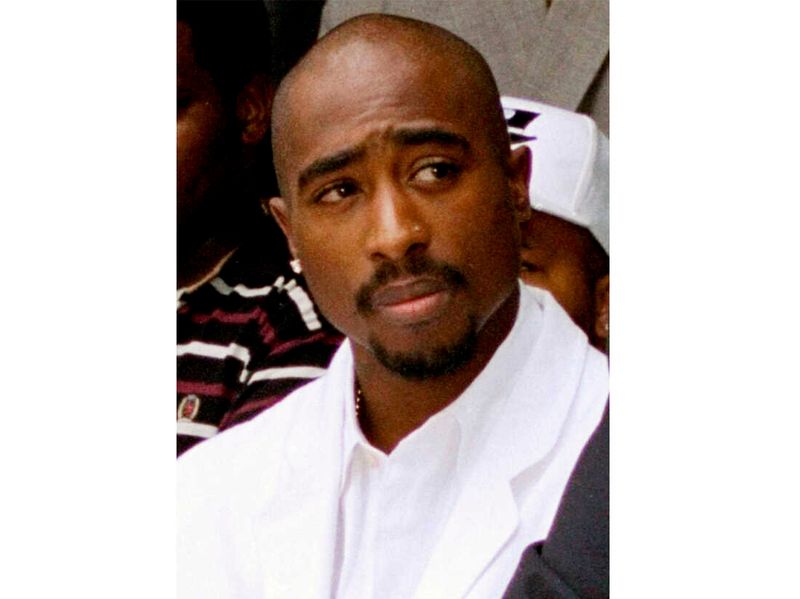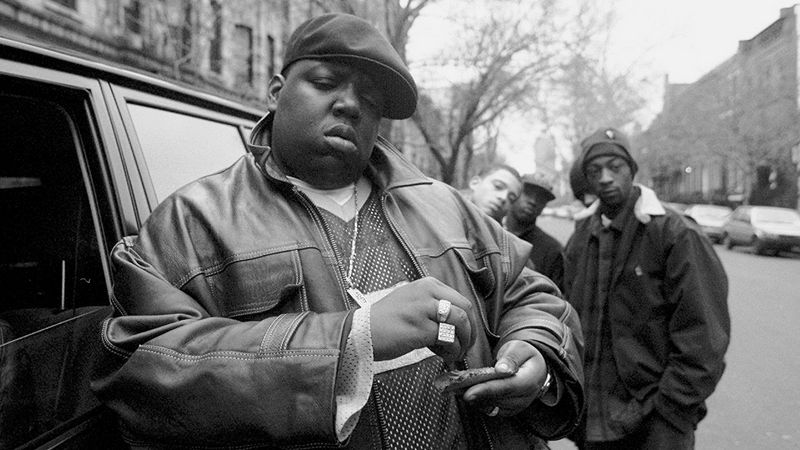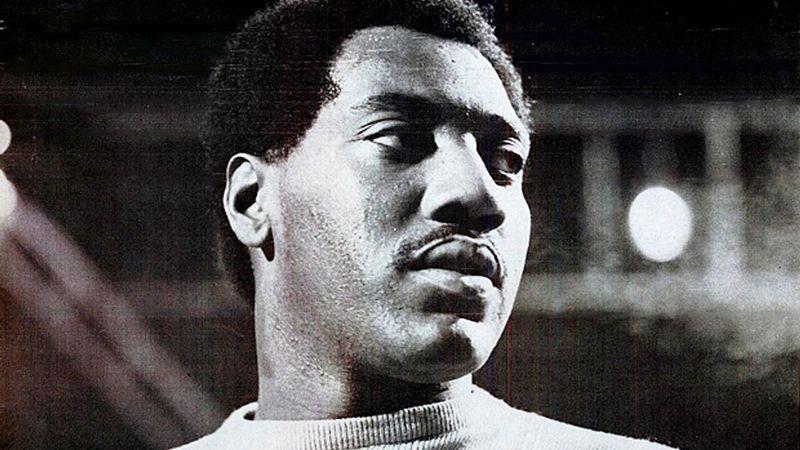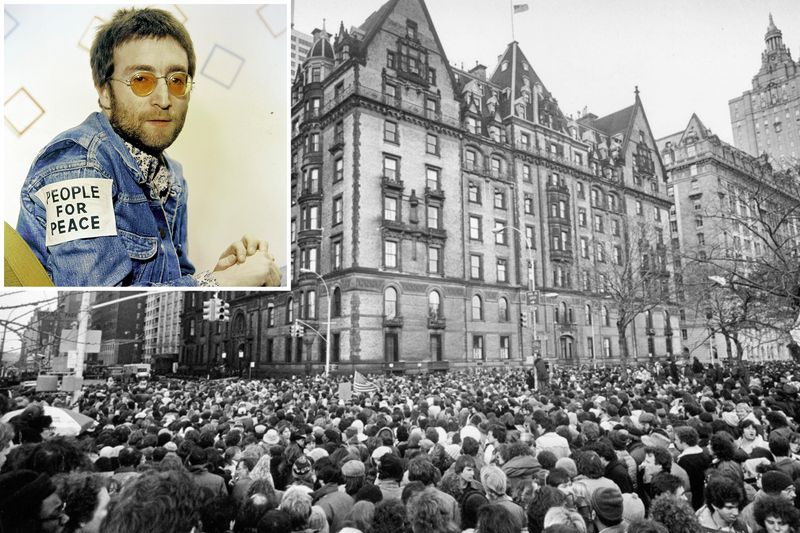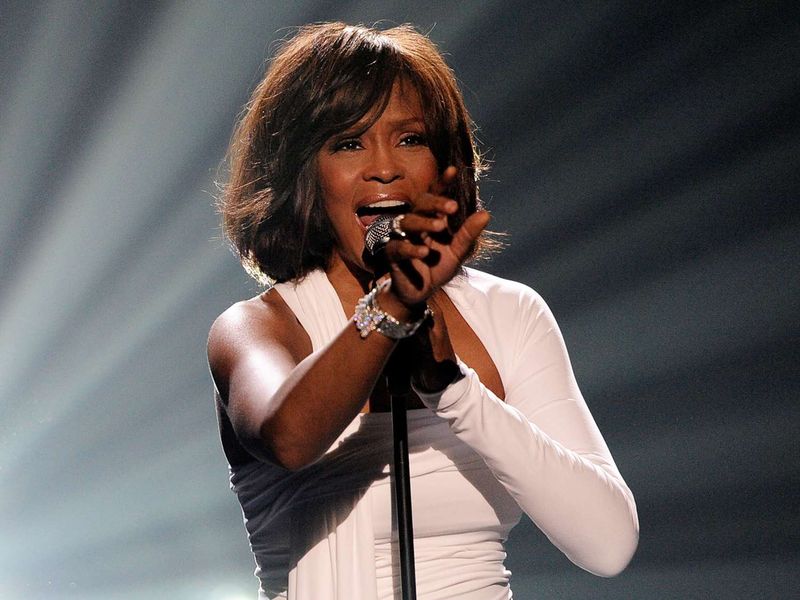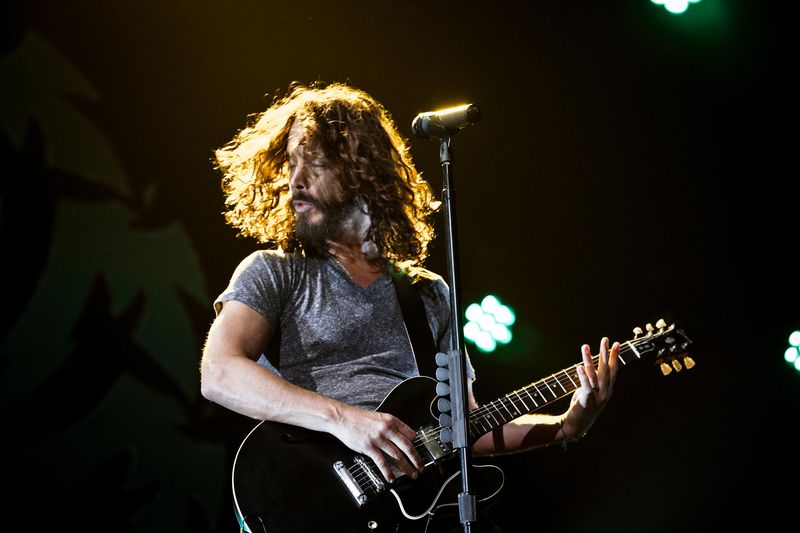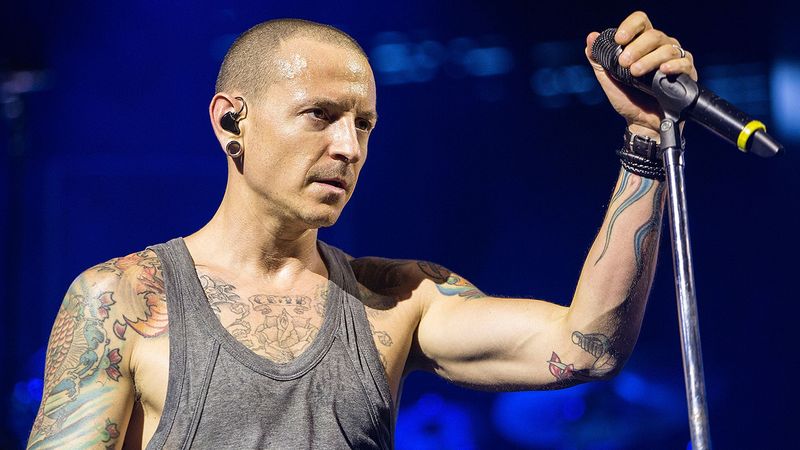Music can touch our souls, but sometimes the artists behind our favorite songs leave this world far too soon. Behind the glitz and glamour of fame, many beloved musicians faced personal demons, health struggles, or simply tragic accidents. These fifteen stories remind us of the fragile humanity behind the legendary music that continues to move us long after these artists have gone.
1. Buddy Holly (1936–1959)
February 3, 1959 marked a devastating turning point in music history. Young Buddy Holly, with hits like “Peggy Sue” and “That’ll Be the Day” already under his belt, boarded a small aircraft to escape the freezing tour bus. The plane crashed minutes after takeoff in an Iowa snowstorm. Holly’s innovative sound had already revolutionized rock music, blending country influences with new rhythmic patterns. His thick-rimmed glasses and hiccup-style vocals created an instantly recognizable presence that influenced generations of musicians, including The Beatles. The tragedy’s impact was so profound that Don McLean immortalized it as “The Day the Music Died.”
2. Jimi Hendrix (1942–1970)
Electric guitar virtuoso Jimi Hendrix redefined what six strings could accomplish. His innovative playing techniques – behind-the-back performances, teeth-picking, and controlled feedback – created sounds nobody had imagined possible. On September 18, 1970, Hendrix’s girlfriend found him unresponsive in her London apartment. He had taken nine of her prescription sleeping pills, nearly 18 times the recommended dose. The combination of barbiturates and alcohol caused him to asphyxiate on his vomit. His death at precisely 27 years old began what music historians would later call the “27 Club” – talented musicians who died at that exact age, often from substance-related causes.
3. Janis Joplin (1943–1970)
Raw, raspy, and emotionally charged – Janis Joplin’s voice carried the weight of her struggles. Growing up as an outcast in conservative Port Arthur, Texas left deep emotional scars that followed her into adulthood. Despite achieving fame with Big Brother and the Holding Company and later as a solo artist, Joplin battled profound insecurities. She sought relief through alcohol and heroin. On October 4, 1970, she was found dead in her Hollywood hotel room from a heroin overdose, just 16 days after Hendrix’s passing. Her final recording, “Mercedes Benz,” was completed just three days before her death – a haunting a cappella piece that became an unexpected anthem.
4. Jim Morrison (1943–1971)
Mysterious in life and death, Jim Morrison embodied the dark, poetic soul of 1960s rock. The charismatic Doors frontman pushed boundaries with his provocative performances and cryptic lyrics that explored consciousness, rebellion, and mortality. Morrison’s Paris death remains shrouded in questions. His girlfriend Pamela Courson found him dead in their apartment bathtub on July 3, 1971. No autopsy was performed, as French law didn’t require one. The official cause was listed as heart failure, though many believe a heroin overdose was responsible. Morrison became the third major musician to die at 27 within ten months, further cementing the 27 Club legend.
5. Kurt Cobain (1967–1994)
Reluctant spokesman for Generation X, Kurt Cobain’s anguished lyrics and raw vocal delivery captured the disillusionment of 1990s youth. Behind Nirvana’s meteoric rise lurked Cobain’s crippling stomach condition, heroin addiction, and severe depression. Fame only intensified his struggles. After a failed suicide attempt in Rome, Cobain completed a brief stint in rehab before disappearing. Days later, an electrician discovered his body in the greenhouse above his Seattle garage. A shotgun lay across his chest, and a suicide note addressed to his imaginary childhood friend Boddah expressed his inability to find joy despite success. The 27-year-old’s death devastated fans worldwide and ended Nirvana’s revolutionary sound.
6. Tupac Shakur (1971–1996)
More than just a rapper, Tupac Shakur was a revolutionary voice who tackled racism, poverty, and violence through powerful lyrics. His contradictions made him fascinating – a thoughtful poet who embraced the “Thug Life” persona, capable of writing tender songs about mothers while fueling coastal rap rivalries. September 7, 1996 changed hip-hop forever. After attending a Mike Tyson boxing match in Las Vegas, Tupac’s BMW was ambushed at a red light. Unknown assailants fired 13 rounds into the vehicle, hitting Shakur four times. He fought for his life for six days before succumbing to his injuries at just 25. His murder remains officially unsolved, spawning countless conspiracy theories about who silenced one of music’s most outspoken voices.
7. The Notorious B.I.G. (1972–1997)
Christopher Wallace rose from Brooklyn street corners to become hip-hop royalty through his masterful storytelling and effortless flow. As The Notorious B.I.G. (or Biggie Smalls), his deep voice and vivid narratives painted pictures of street life with both gritty realism and surprising humor. Six months after Tupac’s murder, Biggie visited Los Angeles to promote his prophetically titled album “Life After Death.” After leaving a music industry party on March 9, 1997, his SUV stopped at a red light. A black Chevy Impala pulled alongside, and its driver fired multiple rounds into Biggie’s door. Four bullets struck the 24-year-old rapper, with one proving fatal. Like Tupac’s case, his murder remains unsolved, forever linking these rival legends in death.
8. Selena (1971–1995)
Selena Quintanilla-Pérez broke barriers as the “Queen of Tejano Music,” bringing Mexican-American sounds to mainstream audiences. Her vibrant performances and crossover appeal promised a groundbreaking career that would bridge cultural divides. Behind her success was a troubling relationship with fan club president Yolanda Saldívar, whom Selena’s family suspected of embezzling funds. When confronted at a Days Inn motel in Corpus Christi on March 31, 1995, Saldívar pulled a .38 revolver. As Selena fled, Saldívar shot her in the back. The bullet severed an artery, and despite reaching the hospital, the 23-year-old singer couldn’t be saved. Her death sparked unprecedented mourning in the Latino community and introduced many Americans to the cultural icon they’d overlooked.
9. Otis Redding (1941–1967)
Soul music found its most passionate voice in Otis Redding, whose raw emotional delivery could make listeners feel every word. Known as the “King of Soul,” his energetic performances and heartfelt ballads like “Try a Little Tenderness” showcased extraordinary range. December 10, 1967 began as a routine travel day. Redding and his backing band, the Bar-Kays, boarded a private plane in Cleveland bound for Madison, Wisconsin. In poor weather conditions, the aircraft crashed into the icy waters of Lake Monona, killing Redding and six others. At just 26, Redding’s rising star was extinguished. Three days before the crash, he had recorded “(Sittin’ On) The Dock of the Bay,” which became the first posthumous #1 hit in Billboard history.
10. John Lennon (1940–1980)
From Liverpool clubs to worldwide Beatlemania to peace activism, John Lennon’s journey transformed music and culture. After the Beatles’ breakup, Lennon built a solo career focused on personal honesty and political messages, often collaborating with wife Yoko Ono. December 8, 1980 began joyfully as Lennon and Ono completed work on their album “Double Fantasy.” Returning to their Dakota apartment building that evening, they encountered fan Mark David Chapman. Hours earlier, Chapman had actually gotten Lennon’s autograph on the very album he’d later use to identify his target. As the couple approached the entrance, Chapman fired five hollow-point bullets, four striking Lennon. Despite police rushing him to Roosevelt Hospital, the 40-year-old icon was pronounced dead on arrival.
11. Whitney Houston (1963–2012)
The voice that defined a generation, Whitney Houston combined gospel roots with pop sensibility to create an unprecedented vocal legacy. Her perfect pitch, remarkable range, and emotional delivery made songs like “I Will Always Love You” instant classics. Behind her success lay a painful struggle with substance abuse, particularly after her tumultuous marriage to Bobby Brown. On February 11, 2012, Houston was preparing for Clive Davis’s pre-Grammy party at the Beverly Hilton. Her assistant left her briefly to run errands, returning to find Houston submerged face-down in the bathtub. The coroner determined she had accidentally drowned, with heart disease and cocaine use as contributing factors. The 48-year-old’s death shocked fans worldwide, especially when her daughter Bobbi Kristina died three years later in strikingly similar circumstances.
12. Aaliyah (1979–2001)
Aaliyah Dana Haughton represented the future of R&B with her smooth vocals and innovative sound that blended hip-hop, soul, and electronic elements. The “Princess of R&B” had already established herself as a triple threat – recording artist, actress, and model – by her early twenties. After completing a music video shoot in the Bahamas on August 25, 2001, Aaliyah and her team were eager to return to the US. They boarded a small Cessna 402B aircraft despite it being overloaded by 700 pounds. The plane crashed moments after takeoff, killing all nine passengers instantly. Investigation revealed the pilot had traces of cocaine and alcohol in his system and wasn’t authorized to fly the aircraft. At just 22, Aaliyah’s groundbreaking career ended, leaving fans to wonder what might have been.
13. Chris Cornell (1964–2017)
Possessing one of rock’s most versatile voices, Chris Cornell could shift from tender whispers to powerful screams with stunning control. As frontman for Soundgarden and later Audioslave, his four-octave range and introspective lyrics helped define the Seattle sound. Despite outward success, Cornell battled depression and substance abuse for decades. After a seemingly energetic Soundgarden show in Detroit on May 17, 2017, Cornell returned to his hotel room. His bodyguard, concerned after a phone call with Cornell’s wife, forced open the bathroom door to find the 52-year-old had hung himself with an exercise band. Toxicology reports showed prescription drugs in his system, including Ativan, which can increase suicidal thoughts. His death shocked fans who had witnessed his apparent recovery from earlier struggles.
14. Chester Bennington (1976–2017)
Linkin Park’s Chester Bennington channeled personal trauma into cathartic performances that resonated with millions. His distinctive voice could transition from melodic verses to gut-wrenching screams, giving voice to inner pain many fans couldn’t express themselves. Bennington’s childhood abuse and lifelong battle with depression informed his powerful lyrics. The suicide of his close friend Chris Cornell in May 2017 deeply affected him. On July 20, 2017 – what would have been Cornell’s 53rd birthday – Bennington’s housekeeper discovered his body at his Palos Verdes home. The 41-year-old had hanged himself while his family was away. A partially empty bottle of alcohol sat nearby, though no suicide note was found. The eerie timing of his death, mirroring his friend’s method, devastated the rock community.
15. Avicii (1989–2018)
Swedish DJ Tim Bergling, known professionally as Avicii, revolutionized electronic dance music by fusing it with elements of folk, country, and pop. His breakthrough hit “Levels” and follow-ups like “Wake Me Up” created a distinctive sound that dominated festivals and radio worldwide. Behind his meteoric success lurked serious health issues, exacerbated by a punishing tour schedule and alcohol dependency. Avicii retired from touring in 2016, citing health concerns. On April 20, 2018, while vacationing in Oman, the 28-year-old took his own life using a broken wine bottle. His family later released a statement suggesting he “could not go on any longer” and “wanted to find peace.” His death sparked important conversations about mental health pressures in the entertainment industry.
